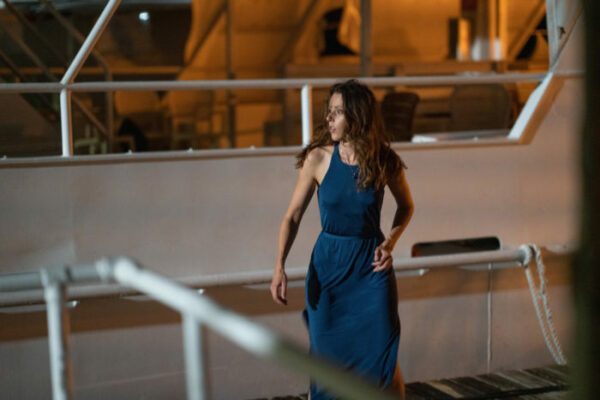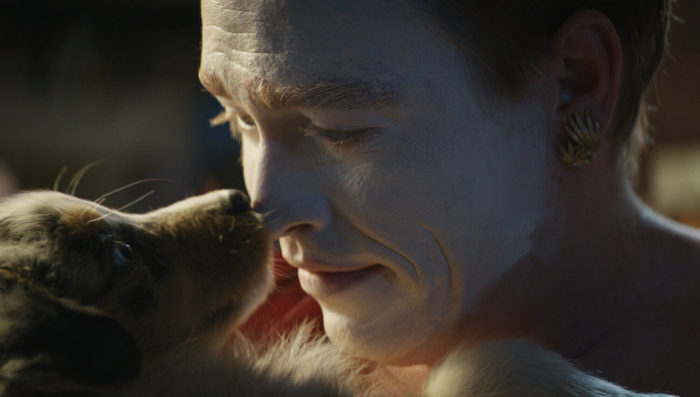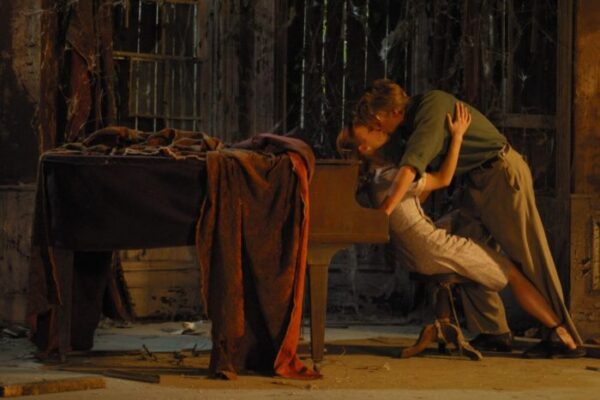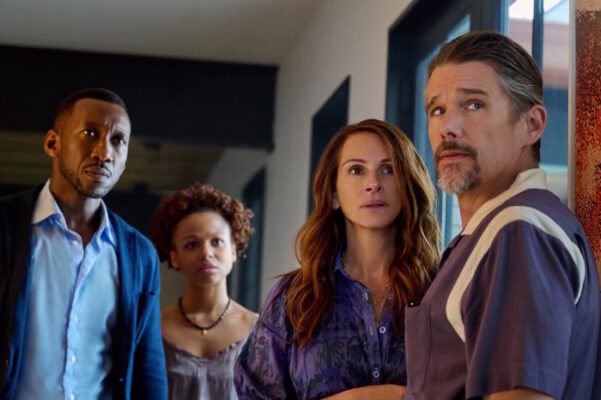The meaning of the movie “Psycho” by Alfred Hitchcock
Can a decent young lady, succumbing to a spontaneous impulse, steal 40 thousand dollars and go on the run? Easy if the cards fit like that.
And the cards went like this:
- the biological clock is ticking and the young lady is already under thirty, “she is already unbearable to get married”;
- a divorced (which means, free!) lover flatly refuses to “legalize the relationship” and prefers humiliating dates on hotel sheets during lunchtime;
- chubby bundles of other people’s bucks fell into the hands and so they burn.
And now the secretary of the realtor, who has served the boss with faith and truth for ten years, appropriates the client’s money, prudently changes the car and rushes – wherever they look.
This is the plot of the famous film by Alfred Hitchcock “Psycho”.
Marion’s underwear as a marker of decency
The film is black and white, although in 1960, color tapes were already being shot with might and main. Why? For several reasons: cost savings; dividing the imaginative world of the film into black and white; aesthetic considerations. With the savings, everything worked out great: only 800 thousand were spent on production, and the income from the film was 40 million. With the black and white interpretation, everything is also clear. For example, Marion’s underwear before the crime is white, after the embezzlement of dollars – black. The same applies to the heroine’s handbags: the white handbag of the shy girl is replaced by the black handbag of a thief with a casually jammed bag of money.
A guy’s best friend is his mom
The relationship between a lonely mother and her only son sometimes takes an ugly form: if the mother is from the category of ladies who a priori hate the future lady of their hearts, they have gone to son. A sensible mother sends a grown-up child into “free swimming” in time, and a mentally unbalanced authoritarian mother does not want to let her fostered child off the leash. Overprotection gives rise to two variants of descendants: cruel rebels and sluggish mama’s sons.
What about the cruel mama’s boy? It is with such an instance that Marion comes across when rain and fatigue drive her into an abandoned motel. Only she doesn’t know it yet. The lovable owner of twelve (almost always free!) Rooms for rent is nothing like his prototype from the movie Psycho by Robert Bloch. The writer has an obese and unpleasant son in years, and the movie Norman Bates is a young handsome and handsome. Probably, the contrast between the charming appearance and wild deeds of the hero is another contribution to the film’s merits.
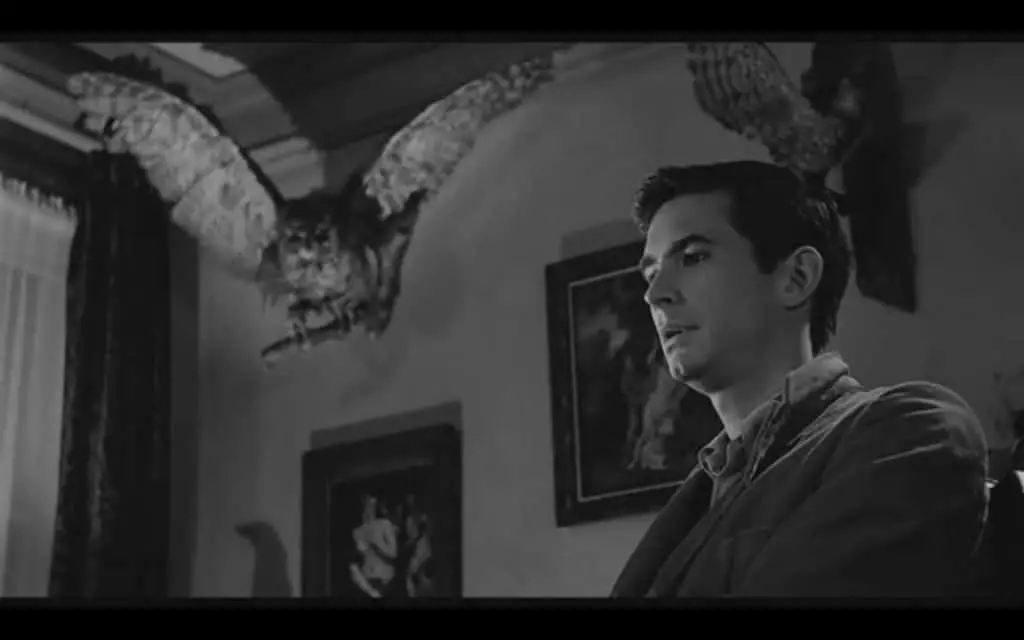
Talking to the guest he liked, Norman gives out the sacramental phrase: “A guy’s best friend is his mother.” From other remarks of the owner of the motel, much can be understood, he seems to be giving hints to the girl, not wanting to once again reproduce the standard algorithm of further events: “I was born in a trap. I don’t resist anymore. ” However, it is possible to guess the meaning of his speeches only after the fact, having watched the entire film.
Famous bathroom scene
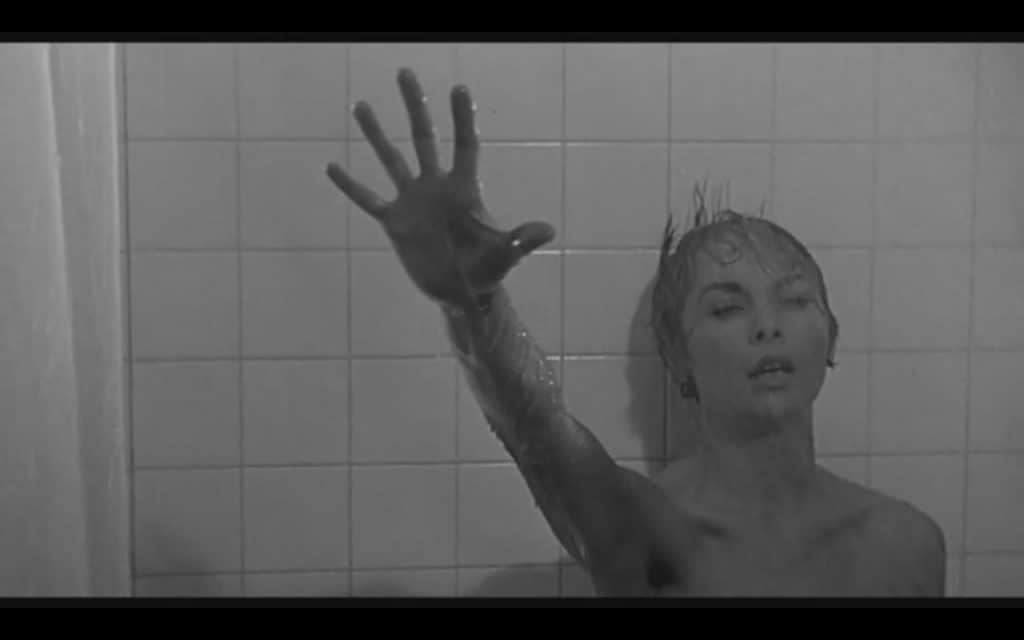
The scene of the murder of a naked beauty in the bathroom became the hallmark of the film and gave rise to many quotes in other films. The heroine clearly came to her senses, as evidenced by the calculations of the costs. She is figuring out how to reimburse the funds spent from other people’s money, planning to return to her hometown in the morning. The same evidence of the return of decent people to society is the shower jets, as if washing away the sin of violating the eighth commandment from the body of Marion. She is glad not only for physical washing, but also for spiritual washing, smiling at her thoughts. And here, behind a translucent plastic curtain, a woman’s silhouette with a huge knife appears. Hitchcock manages to comply with the requirements of the then strict censorship and not show anything forbidden: no breasts, no other secondary sexual characteristics. Only stabbing, violin screams and chocolate syrup performing the role of blood. There are no tasteless gushing streams of ketchup, which Quentin Tarantino will later teach the viewer to, blood in Hitchcock’s interpretation – nothing at all. The darker the picture.
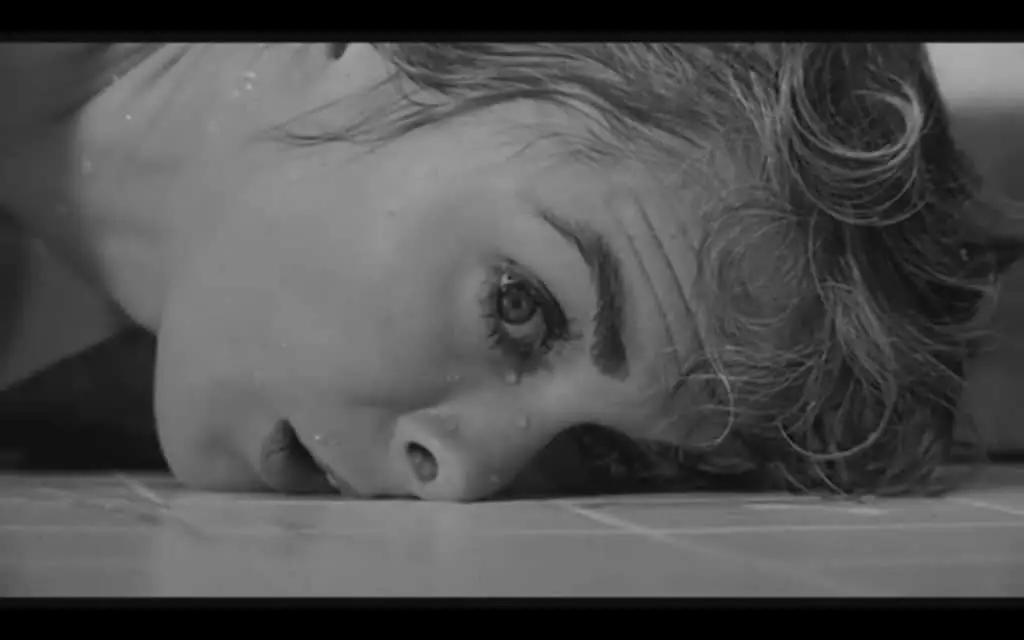
Ophthalmologists after the release of the film pelted the director with refutations. It turns out that the pinpoint pupils of the deceased heroine do not correspond to the physiological truth: after death, the icon expands. In his next tapes, Hitchcock heeded the prompts and began to bury atropine in the eyes of the dead to dilate the pupil.
So who is the killer
The film reveals to us the truth little by little. At first it seems: but what is it, why do we immediately see a ferocious aunt in a dressing gown? Where is the riddle? Where is the detective? Where is the search for the killer? However, the film is something with a double bottom.
A private investigator who lives by the principle: “We do not trust people with an honest reputation” is sent to search for the girl and the dollars that were missing with her. Despite the declared vigilance, Mr. Arbogast, who climbed into the owner’s house, also gets stabbed by a lady who flickered for a couple of seconds. To the convenience of Norman Bates, there is a quagmire nearby: Marion’s car already rests there, along with her body, a suitcase and a bundle of bucks, and a curious detective is sent there. It seems that the son “cleans up” the crime scenes behind the active mother, but is that so?
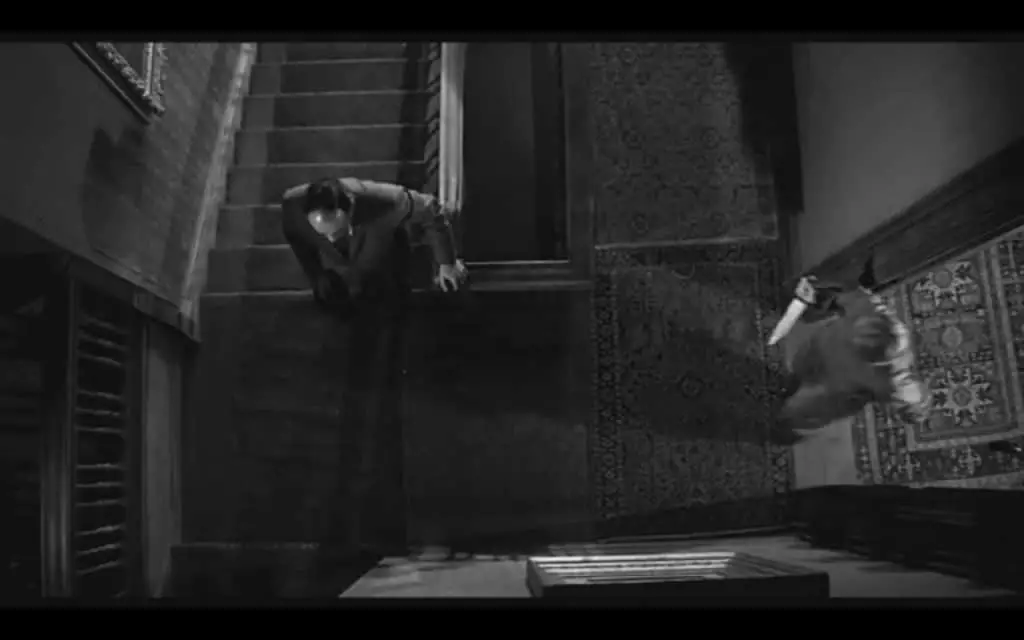
Dr. Jekyll and Mr. Hyde Hitchcock
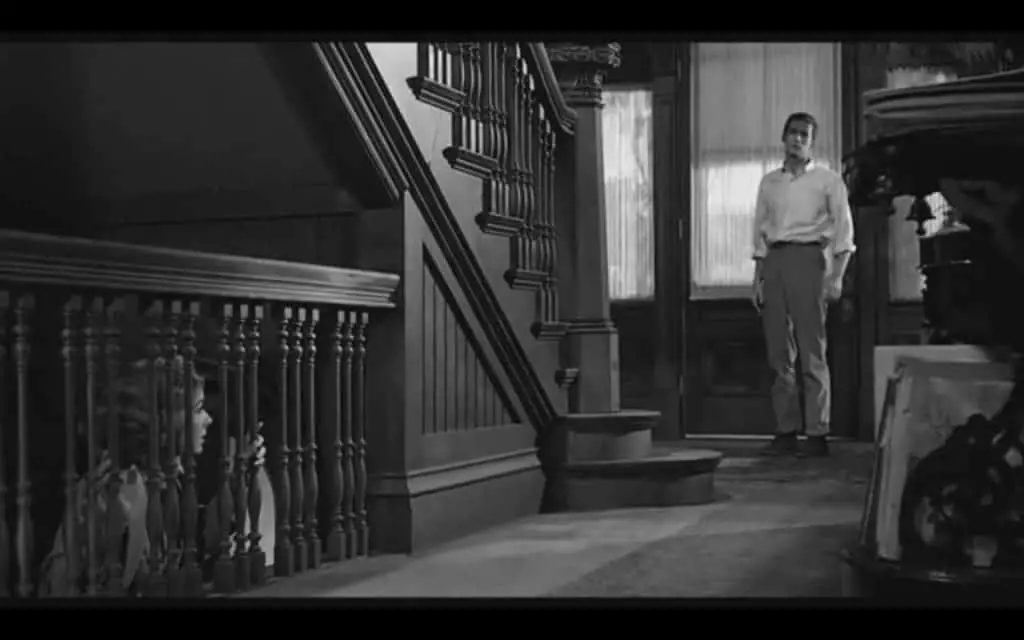
The next team of trackers is the sister and lover of the disappeared Marion. It is Laila who discovers the mysterious mother by climbing into the basement of a house on a hill. However, Mrs. Bates turns out to be … a mummy.
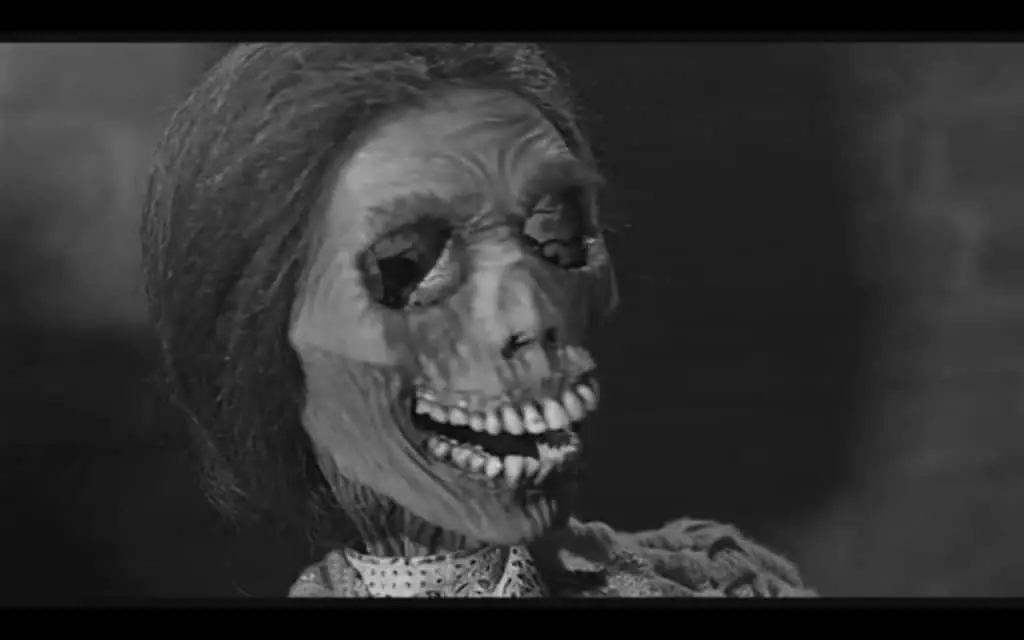
The son used all his talents as a taxidermist to keep the body of the deceased mother in a more or less bearable condition. Since this time there were two investigators, it was possible to do without casualties: Sam just manages to grab an aunt in a dressing gown who rushed into the basement and raised a huge knife over Laila. And here he is, a surprise: not her aunt at all, but Norman himself.
The psychiatrist who spoke with the arrested Mr. Bates summarizes the whole story. Everyone thought that his mother had killed her lover ten years ago and then committed suicide. This was not the case. This son, shocked by the “betrayal” of his adored mom, takes the life of both her and her chosen one. Ten years ago, no one considered such a version. And Norman managed to bury an empty coffin, and mummify the parent. Moreover: you will believe in the transmigration of souls – the personality of the mother gradually seeped into Norman’s psyche. Since the traitor-mother is not there, Norman himself restores her inside himself. It was the conversation of a mentally unhealthy person with himself in two voices that Marion heard at the very beginning of the film, when her mother allegedly forbade her to bring a woman into the house.
Diagnosis
Norman’s diagnosis is: Dissociative Identity Disorder, or simply a split personality. Two people get along in his body: he and his mother. It is characteristic of the disease that when one person “turns on”, the second one “turns off” and is not aware of what is happening during her “absence”. It turns out that the murder of Marion is not the first in the hero’s biography. There were two more victims. As soon as the “inner mother” notices that her son is interested in the lady, she takes action and eliminates the threat physically.
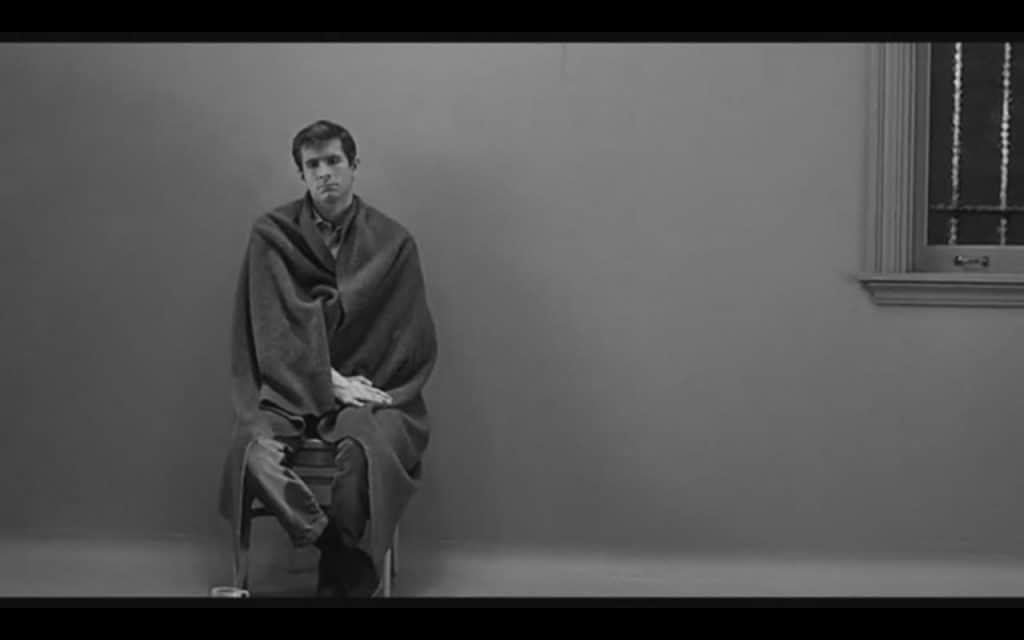
At first, the son, when his personality “turns on”, fights against the aggressive inclinations of the mother: you can see how shocked and upset about what happened, removing the traces after a bloody nightmare in the bathroom. However, gradually a stronger personality in him takes over. In the finale, the hero is imprisoned, wrapped in a blanket, only the outer shell of his son is left in him. Mom absolutely took possession of the body of her offspring. After all, Norman kept repeating about the girl: “She could have fooled me, but not my mother.” A stronger personality, “impossible to be fooled,” has completely taken over the territory.

